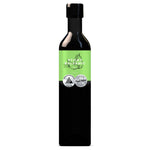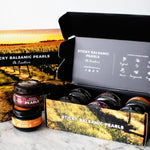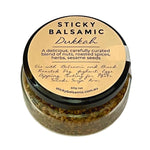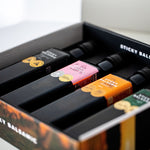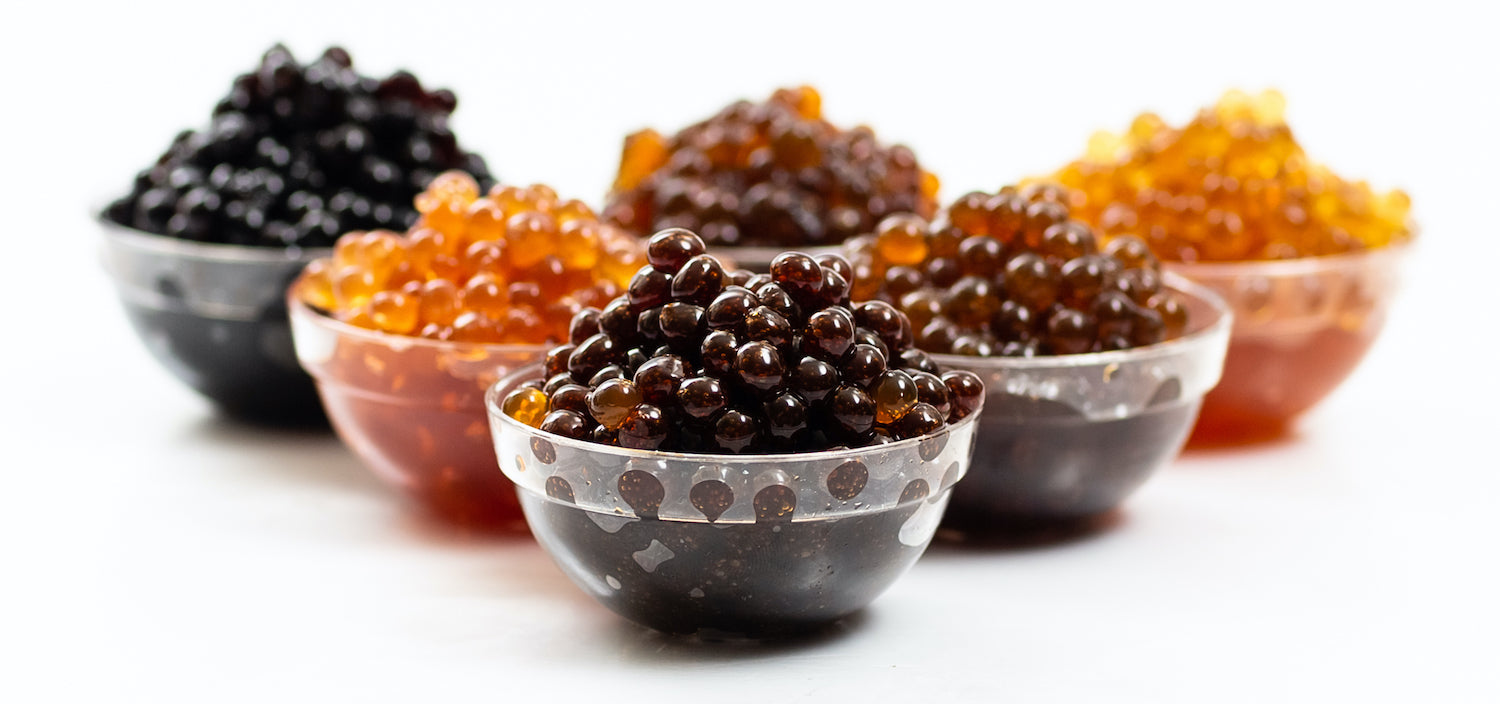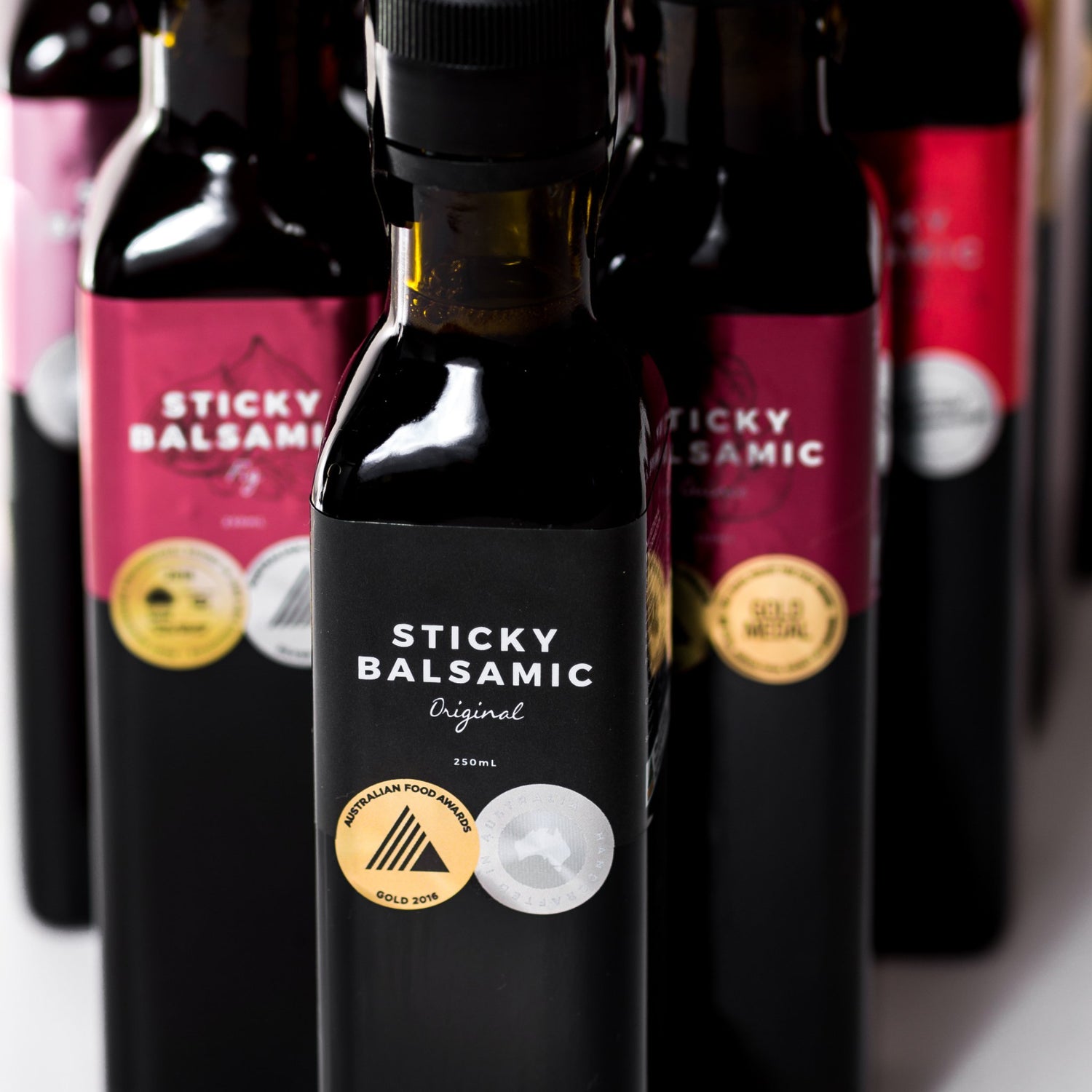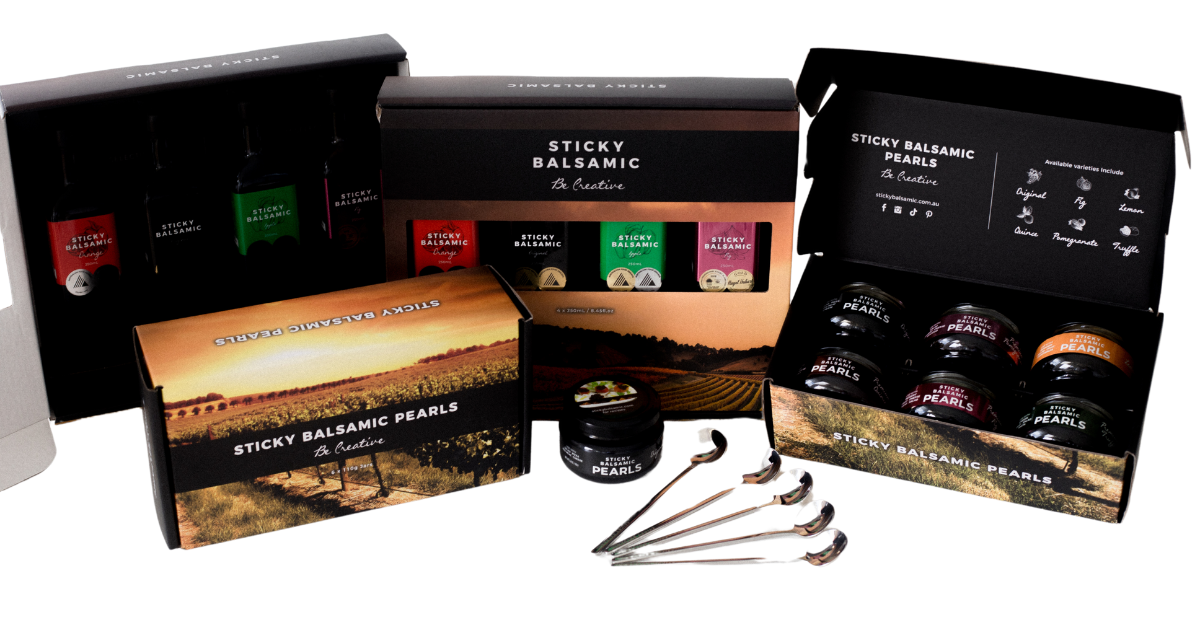Does Balsamic Vinegar Go Bad? Your Complete Guide to Storage and Shelf Life
Everything you need to know about keeping your balsamic vinegar fresh, flavorful, and safe to consume
If you've ever found an old bottle of balsamic vinegar tucked away in your pantry and wondered "does balsamic vinegar go bad?", you're not alone. This is one of the most common questions home cooks ask about this beloved condiment. The good news? Balsamic vinegar is remarkably stable, but there are important factors that affect its quality and longevity.
Understanding Balsamic Vinegar's Natural Preservation
Balsamic vinegar has natural preservative properties that make it incredibly shelf-stable. The high acidity level creates an environment that's hostile to harmful bacteria and microorganisms (Budak et al., 2014). This is why balsamic vinegar has been safely stored and consumed for centuries, long before modern refrigeration existed.
Traditional balsamic vinegar, made from grape must and aged in wooden barrels, develops even stronger preservative qualities over time. The aging process concentrates the natural acids and beneficial compounds, making authentic balsamic vinegar virtually indestructible when stored properly (Verzelloni et al., 2007).
The Truth About Expiration Dates
Most commercial balsamic vinegar comes with a "best by" date, but this doesn't mean the product becomes unsafe after that date. These dates are more about peak quality than safety. High-quality balsamic vinegar can maintain its flavor and safety for years beyond the printed date when stored correctly.
Premium balsamic vinegar, particularly those aged traditionally, can actually improve with time when stored properly. The complex flavors continue to develop, making older bottles potentially more valuable than newer ones. This is why some aged balsamic vinegar varieties are considered investment pieces in the culinary world.
Signs Your Balsamic Vinegar Has Deteriorated
While balsamic vinegar rarely "goes bad" in the traditional sense, it can lose quality over time. Here are the key indicators to watch for:
Visual Changes
Look for any unusual cloudiness, floating particles, or mold growth. While some sediment is normal in unfiltered varieties, fuzzy growth or significant color changes may indicate contamination.
Smell Test
Fresh balsamic vinegar should have a rich, complex aroma with sweet and tangy notes. If it smells off, musty, or has lost its characteristic scent entirely, it may be past its prime.
Taste Changes
The flavor should be balanced between sweet and acidic. If it tastes flat, overly harsh, or has developed unpleasant flavors, it's time to replace it.
Texture Issues
Quality balsamic vinegar should flow smoothly. If it becomes unusually thick, syrupy, or develops a strange consistency, this could indicate deterioration.
Proper Storage: The Key to Longevity
The way you store your balsamic vinegar dramatically affects its shelf life and quality. Here's how to maximize its lifespan:
Temperature Control
Store balsamic vinegar in a cool, stable environment. Extreme temperature fluctuations can affect the flavor and consistency. A pantry or cupboard away from heat sources is ideal.
Light Protection
Direct sunlight can degrade the quality of balsamic vinegar over time. Dark glass bottles help, but storing them in a dark place provides additional protection.
Air Exposure
Always ensure the cap is tightly sealed after use. Prolonged exposure to air can cause oxidation and flavor loss in your balsamic vinegar.
Avoid Contamination
Never put used utensils back into the bottle, and avoid storing near strong-smelling items that could affect the flavor.
Different Types, Different Lifespans
Not all balsamic vinegar ages the same way:
Traditional Balsamic Vinegar
Aged varieties can last indefinitely when stored properly. The aging process actually makes them more stable and flavorful over time.
Commercial Balsamic Vinegar
These typically maintain peak quality for 3-5 years but remain safe to consume much longer.
Flavored Balsamic Vinegars
Varieties infused with fruits, herbs, or other flavors may have shorter peak quality periods due to the additional ingredients.
Balsamic Pearls
These innovative molecular gastronomy products have specific shelf lives, typically around 3 years, due to their unique production process and concentrated nature.
The Science Behind Balsamic Vinegar's Stability
The remarkable shelf life of balsamic vinegar comes down to chemistry. The acidic environment (pH below 4) prevents the growth of harmful bacteria like botulism and salmonella (Budak et al., 2014). The natural sugars from grape must also act as preservatives, while the aging process in wooden barrels introduces beneficial compounds that further enhance stability.
This natural preservation system is why balsamic vinegar was historically used not just as a condiment, but as a medicine and preservative for other foods. The traditional production methods create a product that's naturally resistant to spoilage.
Maximizing Quality Over Time
To ensure your balsamic vinegar maintains its best quality:
Buy Quality
Invest in good-quality balsamic vinegar from reputable producers. Higher-quality products typically have better longevity and flavor stability.
Use Proper Portions
Don't leave the bottle open longer than necessary. Pour what you need and immediately reseal.
Monitor Regularly
Check your balsamic vinegar periodically for any changes in appearance, smell, or taste.
Consider Decanting
For very old or precious bottles, consider decanting into smaller containers to minimize air exposure to the main supply.
When to Replace Your Balsamic Vinegar
While balsamic vinegar rarely becomes unsafe, you should consider replacement if:
- The flavor has become unpleasantly harsh or flat
- There are visible signs of mold or unusual growth
- The texture has changed dramatically
- It no longer enhances your dishes as expected
Remember, even if balsamic vinegar is past its prime for direct consumption, it might still be useful for cooking applications where the flavor will be modified by other ingredients.
Innovation in Balsamic Preservation
Modern innovations in balsamic vinegar production, including molecular gastronomy techniques that create Sticky Balsamic Pearls, have introduced new considerations for storage and shelf life. These products often come with specific storage instructions and shelf life guidelines that should be followed for optimal quality.
The Bottom Line on Balsamic Vinegar Longevity
So, does balsamic vinegar go bad? In the traditional sense of becoming unsafe to consume, rarely. However, it can lose quality over time if not stored properly. The key is understanding that while balsamic vinegar is remarkably stable, proper storage and regular quality checks ensure you're always getting the best flavor experience.
High-quality balsamic vinegar, stored correctly, can provide years of culinary enjoyment. Whether you're using traditional aged varieties or innovative modern formats like Sticky Balsamic Pearls, understanding proper storage and quality indicators helps you make the most of this versatile condiment.
The next time you discover that forgotten bottle in your pantry, you'll know exactly how to assess its quality and whether it's still worthy of your favorite dishes.
Ready to invest in premium balsamic vinegar that's built to last? Explore Sticky Balsamic's range of traditionally crafted, award-winning balsamic vinegars and innovative pearls designed for maximum flavor and longevity.
References
Budak, N. H., Aykin, E., Seydim, A. C., Greene, A. K., & Guzel‐Seydim, Z. B. (2014). Functional properties of vinegar. Journal of Food Science, 79(5), R757-R764.
Verzelloni, E., Tagliazucchi, D., & Conte, A. (2007). Relationship between the antioxidant properties and the phenolic and flavonoid content in traditional balsamic vinegar. Food Chemistry, 105(2), 564-571.


